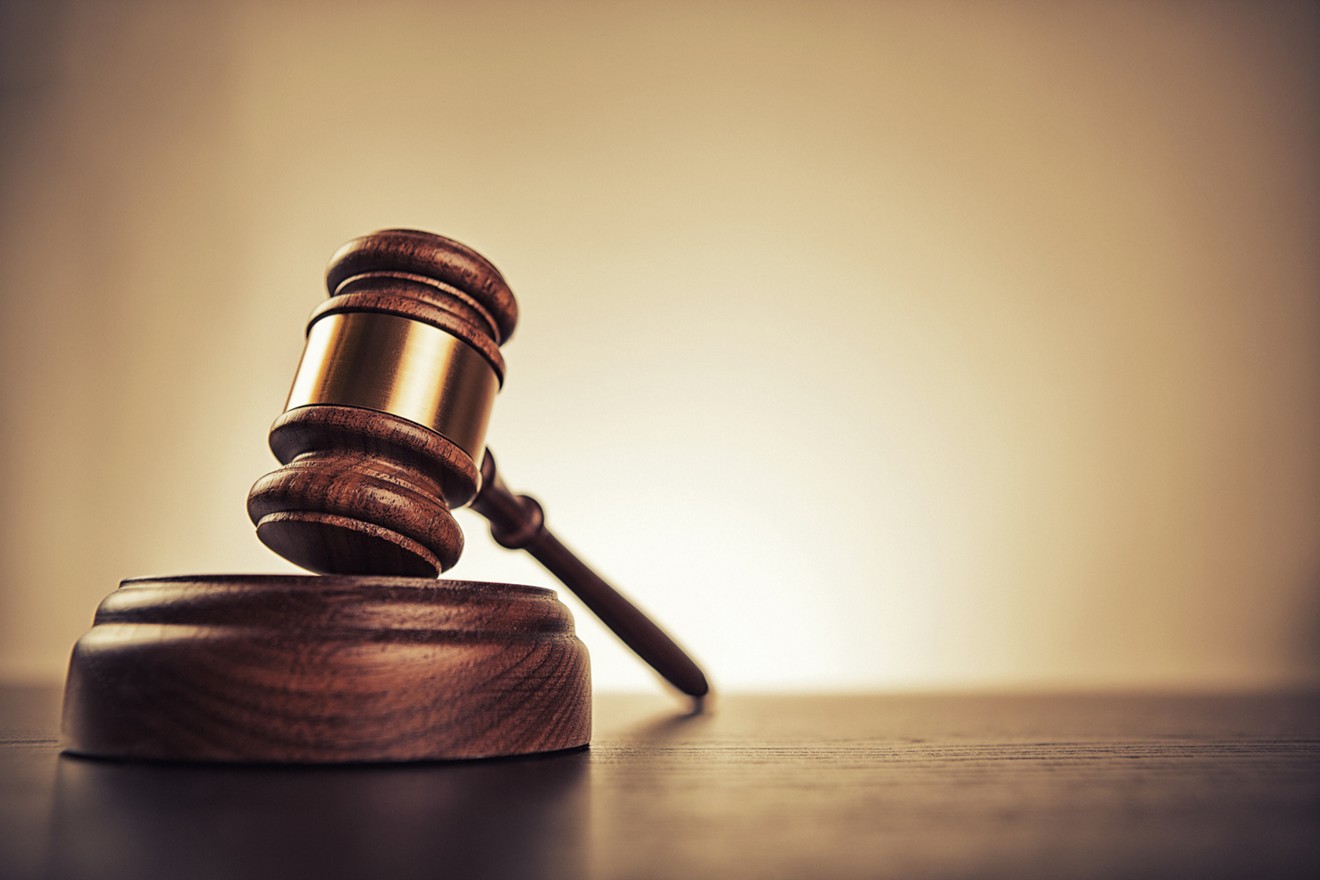The Vera Institute of Justice, a New York-based nonprofit focused on criminal justice reform, tracks this data as part of its Incarceration Trends project. The nonprofit recently updated the project with data as recent as spring 2021.
“The Incarceration Trends project underscores that the harms of mass incarceration have been inflicted unequally across the United States,” Jasmine Heiss, a project director at Vera, said in a press release. “Even after an unprecedented decline, the human and social cost of incarceration in the United States remains catastrophic.”
The trends show that about two-thirds of people in the country’s local jails have not been convicted of a crime.
"Many are being detained in civil matters, such as people incarcerated pretrial for immigration cases or those who can’t pay child support or fines and fees," the study said.
In Texas, about 73% of people in local jails are detained pretrial. Most can’t afford to pay bail. Overall, the state has seen a sharp increase in jail and prison populations since 1970. Over the last five decades, the state's jail and prison population rose by 770%. (Of course, the overall population in the state has also increased in that time.)
Since the ‘70s, Texas has also seen jail incarceration rates higher than the national average. Prison incarceration rates surpassed the national average in 1993.
There have been declines in these rates recently, but those are mostly attributed to the pandemic.
Major cities, which used to have some of the highest rates of incarceration, have seen jail and state prison admissions decline over the last few decades, according to the Vera data. The opposite seemed to take place in smaller cities and rural communities.
“In Texas and across the country, rural communities still have the highest rates of incarceration,” the study says. “Jails continue to be used far too frequently as a first-line response to poverty, mental health and substance use. While public officials, advocates and organizers have built a powerful movement toward decarceration in the state’s largest cities, rural communities are left behind.”“Even after an unprecedented decline, the human and social cost of incarceration in the United States remains catastrophic.” – Jasmine Heiss, Vera Institute of Justice
tweet this
This is also highlighted in incarceration rates for Texas women.
Statewide, women are incarcerated over six times the rate they were in 1970. In the state’s rural communities, the jail incarceration rate for women increased 2,729% over the last five decades.
“While race and ethnicity data is not comprehensively available for people held in local jails, the available prison population data shows that the growing burden of incarceration is not distributed evenly across women of different races and ethnicities,” the study said. “Black women are imprisoned at rates 1.7 times higher than the state-wide total for women.”
This month, the Legal Services Corp., a nonprofit established by Congress, formed a new task force to tackle the lack of accessibility to legal services in rural communities.
At the task force's first meeting, Legal Services Corp. Board Chair John Levi said, “Expanding access to justice in rural areas faces many barriers."
These barriers can include geographic and social isolation and lack of connectivity, Levi said. “It is also a numbers problem. There are simply not enough lawyers in rural communities.”
Places with few or no lawyers are called “legal deserts,” which exist in every state, according to the Legal Services Corporation. The American Bar Association released a report this year that showed 52 real counties in the U.S. don’t have any lawyers at all, while another 182 counties only have one or two lawyers.
The Rural Justice Task Force is drafting a final report with findings and recommendations that is set to be published in spring 2023.












